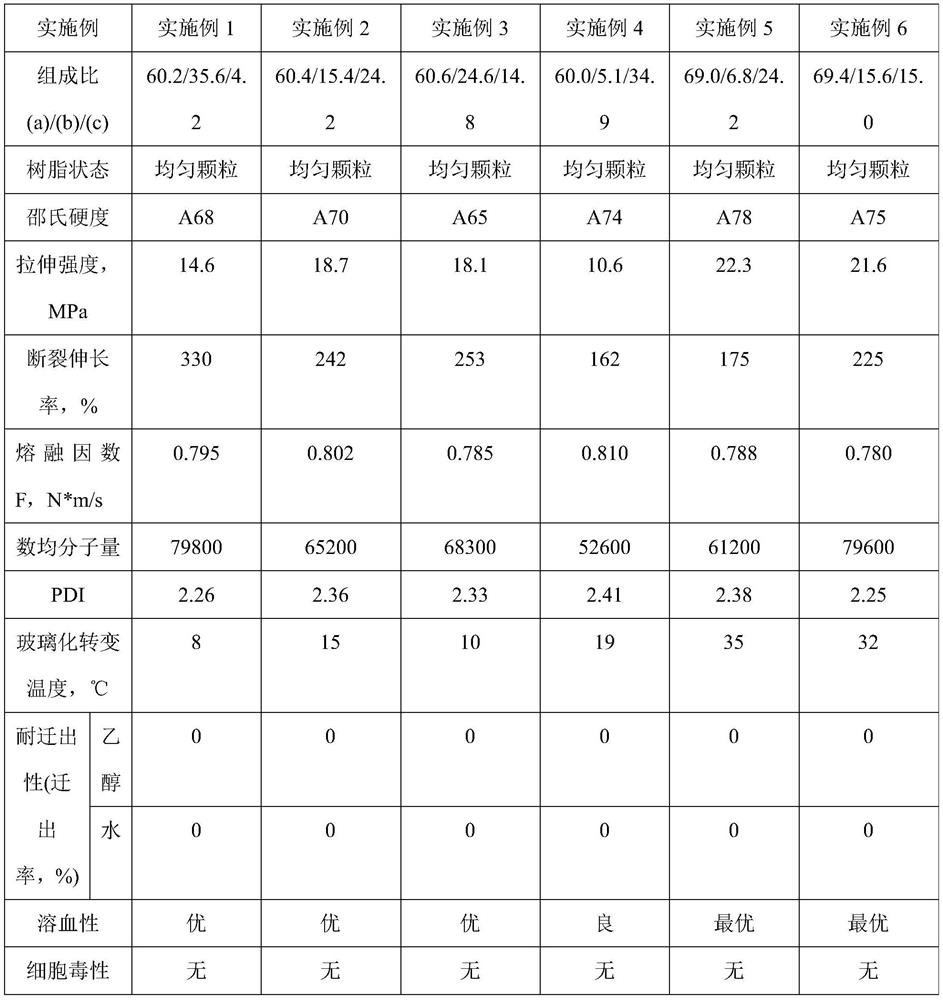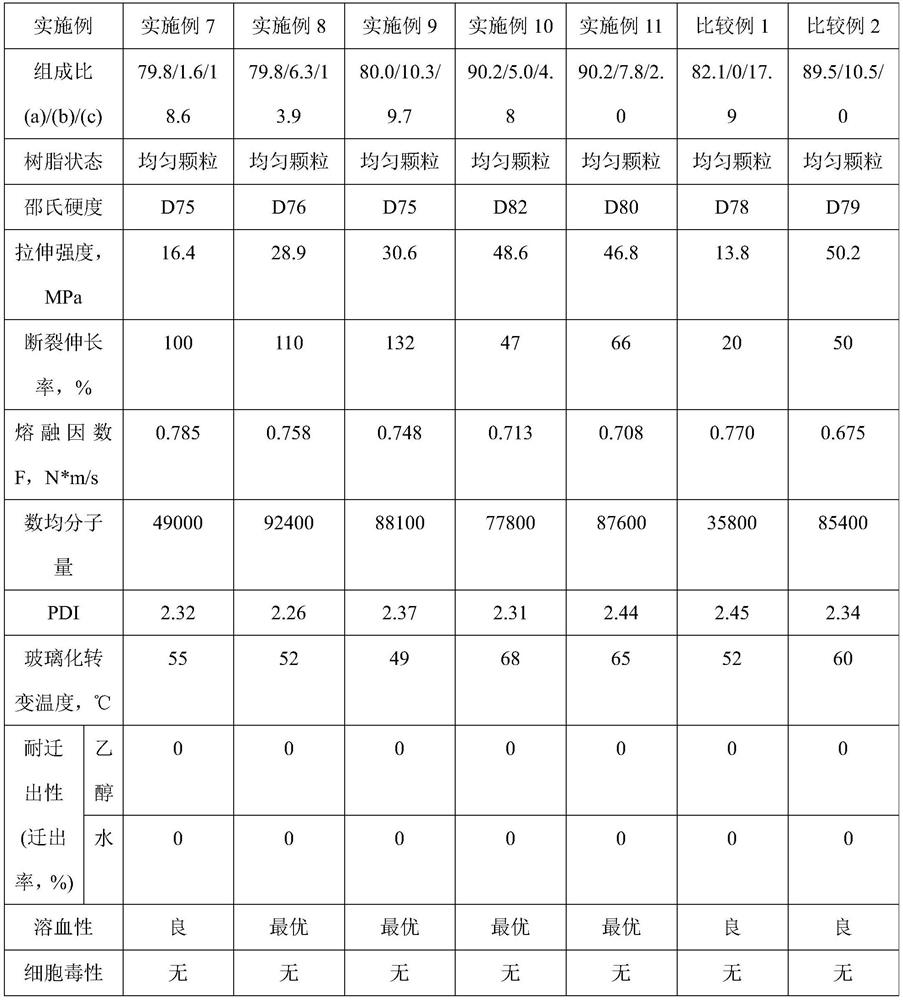Vinyl chloride-based copolymer, method for preparing vinyl chloride-based copolymer, composition comprising vinyl chloride-based copolymer, and resin product made from composition
A vinyl chloride-based resin and vinyl chloride technology are applied to vinyl chloride-based copolymers, resin products, including compositions thereof, and the field of preparation methods thereof, which can solve the problems of insufficient plasticization effect, limited application range, and high reaction temperature. problems, to avoid the performance degradation of resin products, avoid environmental pollution, and reduce melt viscosity.
- Summary
- Abstract
- Description
- Claims
- Application Information
AI Technical Summary
Problems solved by technology
Method used
Image
Examples
preparation example Construction
[0116]
[0117] The preparation method of the vinyl chloride copolymer of the present invention is the preparation method of the above-mentioned vinyl chloride copolymer, which comprises: making vinyl chloride, the monomer represented by the above formula (1) and the monomer represented by the above formula (2) The raw materials of the body are subjected to a copolymerization reaction.
[0118] The details of vinyl chloride, the monomer represented by formula (1), the monomer represented by formula (2) and other monomers have been described above, and will not be repeated here.
[0119] Examples of copolymerization reactions of the present invention include, without limitation, block polymerization, random polymerization, graft polymerization, gradient polymerization. Among them, random polymerization is preferable from the viewpoint of expressing the technical effect of the present invention more favorably, that is, the molecular chain of the vinyl chloride-based copolymer ...
Embodiment 1
[0180] In a stainless steel micro-reactor with an internal volume of 200ml of stirring blades, 100g of deionized water, 10.4g of 2 mass % PVA aqueous solution, 0.042g of hydroxypropylmethylcellulose, 0.05g of azobisisobutyronitrile, The molecular weight of 18.9g is polypropylene glycol monomethacrylate (PPGMA-375, the situation of x=5 in the formula (1)) and 2.7g vinyl isobutyl ether (VIBE) of 375 molecular weights, nitrogen in the replacement reactor for 5min Air. Then, 32.4 g of VC monomers were introduced into the reactor. After pre-stirring for 60 minutes, the temperature was raised to 70°C to start polymerization. It should be noted that the mass ratio of the monomers was VC:PPGMA-375=60:35:5, and the polymerization reaction time was 8 hours. After the polymerization reaction was completed, unreacted VC monomer was reclaimed, and the polymerization product was alternately washed with a large amount of deionized water and ethanol to obtain 50.5 g of the vinyl chloride cop...
Embodiment 2
[0182] Change the feed mass ratio of VC and PPGMA-375 and VIBE to be VC:PPGMA-375:VIBE=60:14:26 and the polymerization reaction time is 7.5 hours, except that, obtain white solid in the same way as Example 1 48.2 g of granular vinyl chloride copolymers, the composition of which is 60.4% by mass of the structural unit (a) and 15.4% by mass of the structural unit (b) relative to the total mass of the vinyl chloride copolymer. The content of (c) was 24.2% by mass.
PUM
 Login to View More
Login to View More Abstract
Description
Claims
Application Information
 Login to View More
Login to View More - R&D
- Intellectual Property
- Life Sciences
- Materials
- Tech Scout
- Unparalleled Data Quality
- Higher Quality Content
- 60% Fewer Hallucinations
Browse by: Latest US Patents, China's latest patents, Technical Efficacy Thesaurus, Application Domain, Technology Topic, Popular Technical Reports.
© 2025 PatSnap. All rights reserved.Legal|Privacy policy|Modern Slavery Act Transparency Statement|Sitemap|About US| Contact US: help@patsnap.com


